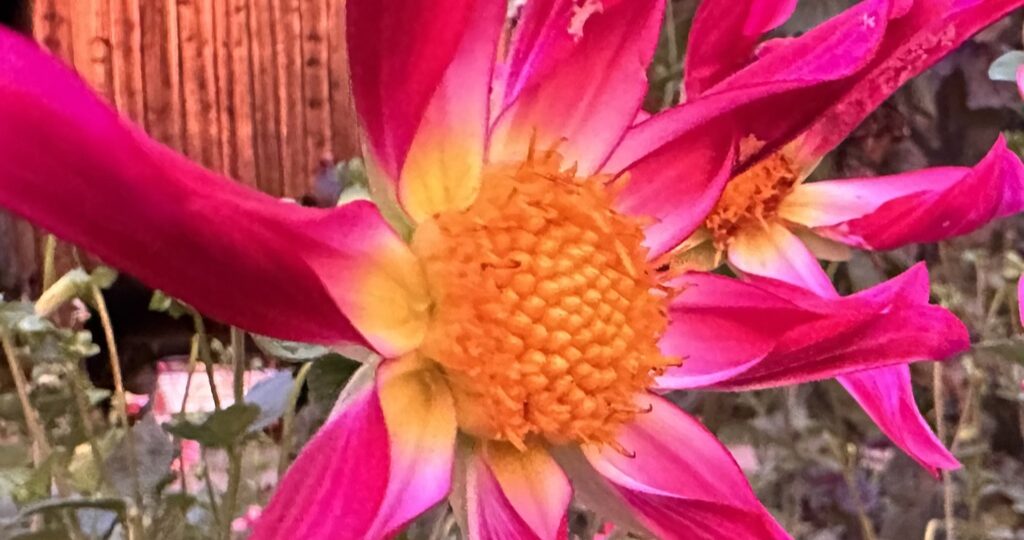Volume 39 2022 and Volume 40 2023
The Society offers an annual prize of $500 for the best work published in the William Carlos Williams Review in a given year. The prize is possible through the generosity of W. Scott Peterson––the first scholar to publish a book-length study of Paterson who remains an active supporter of all things WCW.
The selection committee for the 2022 Peterson Prize are pleased to announce the award for Sam S. Hushagen, “William Carlos Williams and the Traditions of Georgic,” William Carlos Williams Review 39.2 (2022) 187-214. The committee offered the following remarks on Hushagen’s contribution to Williams studies:
As the author’s abstract states, the essay argues that “[Williams’s] emphasis on formal mediation and compositional method rather than rigid convention connect him to traditions of georgic that emphasize the craftwork of writing poems. Particularly in Spring and All, Williams engages georgic to critically examine the classical ‘praise of spring’ motif and rethink dominant aspects of perceptual experience.” Hushagen’s essay offers new critical insights into Williams’s poetry and the tradition of georgic in a new way and, in doing so, provides a new and enlivening sense of Williams’s relationship to tradition and his own craft.
The selection committee for the 2023 Peterson Prize has chosen the essay “Invisible Labor in William Carlos Williams” 40.2 (2023) pp 165–185. The committee writes that Florian Gargaillo
is commended for his engaging and thought-provoking article, which examines taken-for-granted notions of Williams’s engagement with the poor and working class. As he notes in his abstract, the article “demonstrates that Williams’s portrayal of the working class is far more slippery, avoidant, and conflicted than the scholarship has acknowledged.” Ultimately, Gargaillo argues that while Williams stands out from his modernist peers for including the working class and their labor in his poems, how he includes them reveals some striking patterns, such as: 1) the erasure of working-class people in settings where they should be central, 2) the use of labor as (mere) metaphor, and 3) the eschewing of politics by “evoking and then revoking the potential for political allegory.” While Williams’s democratic inclinations are made clear in his choices of subject, the article’s encouragement to revisit and scrutinize the particulars of his engagement with the poor, working class, and labor opens up new inroads for future Williams scholars.
We commend Dr. Peterson for his continuing generosity and commitment to supporting new scholarship on the life and work of Williams Carlos Williams.

